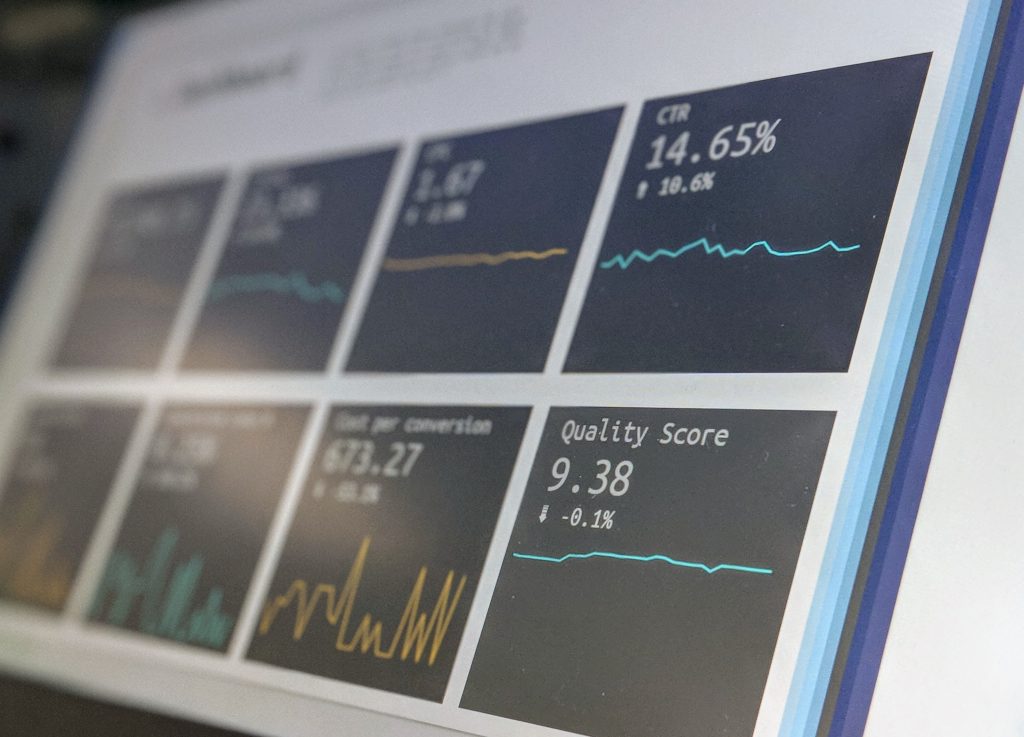This article is an excerpt from GovLoop’s guide titled “Analytics Now: Effective Use of Government Data Today.” Download the full guide here.
It’s not a surprise to anybody that both society and government are growing more complex – as are the problems that need to be solved. Around the world, governments are working to provide citizens with economic growth, access to healthcare, a healthy environment, and better infrastructure. In the face of these massive challenges, public sector officials often struggle to access the information they need to develop or change outcomes in these areas.
This presents government both a challenge and an opportunity. The challenge? Government must deliver on its mission to provide, protect, and prosper in an increasingly multifaceted society where it is difficult to develop one-size-fits-all programs that meet the precise needs of its individual citizens.
“As society becomes increasingly more complex, government leaders are struggling to integrate that complexity into policy, strategy, and execution,” said Chris Atkins, Vice President, Digital Government Transformation at SAP, a leader in analytics solutions.
But there is massive potential here, as well. “We can help government deliver new, better, and more effective services to citizens by adopting a data-driven strategy that enables real-time insight and analytics,” added Atkins.
To learn more about the opportunity for government in adapting a data-driven strategy, GovLoop spoke more with Atkins about the challenge of complexity in government, how agencies can work to better leverage existing data, and why they need to change their current mindset about data.
“The complexity of the daunting problems we must solve, like infant mortality or the opioid crisis, can often keep the public sector from designing programs and policies that really move the needle,” Atkins said. “But data is what can help us break through this complexity, to understand their government businesses better, and to design more effective ways of engaging their citizens.”
Though many in government today are aware of the insights that can be gained from data analytics, there is still one massive barrier to overcome, according to Atkins: government’s typical strategic mindset.
So what is government’s typical strategic mindset? “It’s all about government simply asking themselves how to marshal more resources to solve the problem,” explained Atkins. “But their view of resources are money, people, systems, or maybe physical assets like facilities.”
Atkins said that data is not often viewed as a strategic asset in and of itself that could be leveraged.
“Too often government will just invest money in people, and maybe build a system, but not leverage the insight that can come from data to help calibrate what the objectives are for that policy,” he said. “Today, government has to develop this mindset that data itself is a strategic asset that needs to be leveraged. And when they do that, they can help break down these complex problems to find the root causes of things like opioid abuse.”
To do this, Atkins said governments can get started in two ways: leveraging existing data, and creating data-sharing networks.
According to Atkins, the data that government organizations need to drive digital transformation is usually contained in their legacy systems – but these systems are not architected to take advantage of the data’s value. Government should adapt a platform that brings these disparate sources of data together, enabling them to integrate it, make sense of it, and deliver it to the right places.
In terms of creating data-sharing networks, Atkins believes that government needs to share its own data – safely and securely – with partners in the private sector that can enable new business models and services for citizens.
To do this, agencies need the right technology, technology that is intuitive and secure. That’s where SAP comes in.
“SAP has the experience and the solutions to help government become data driven,” Atkins said. Whether your government organization needs to put a platform in place that will support a single version of the truth, optimize existing processes through real-time analytics and insight, or create new business models by harnessing the power of data, their solutions can help.
In particular, the SAP HANA (high-performance analytic appliance) application uses in-memory database technology that allows the processing of massive amounts of real-time data in a short time.
By taking advantage of the right platforms, changing the mindset around data, and sharing data more broadly, government leaders can start to take full advantage of the powerful insights from data.
